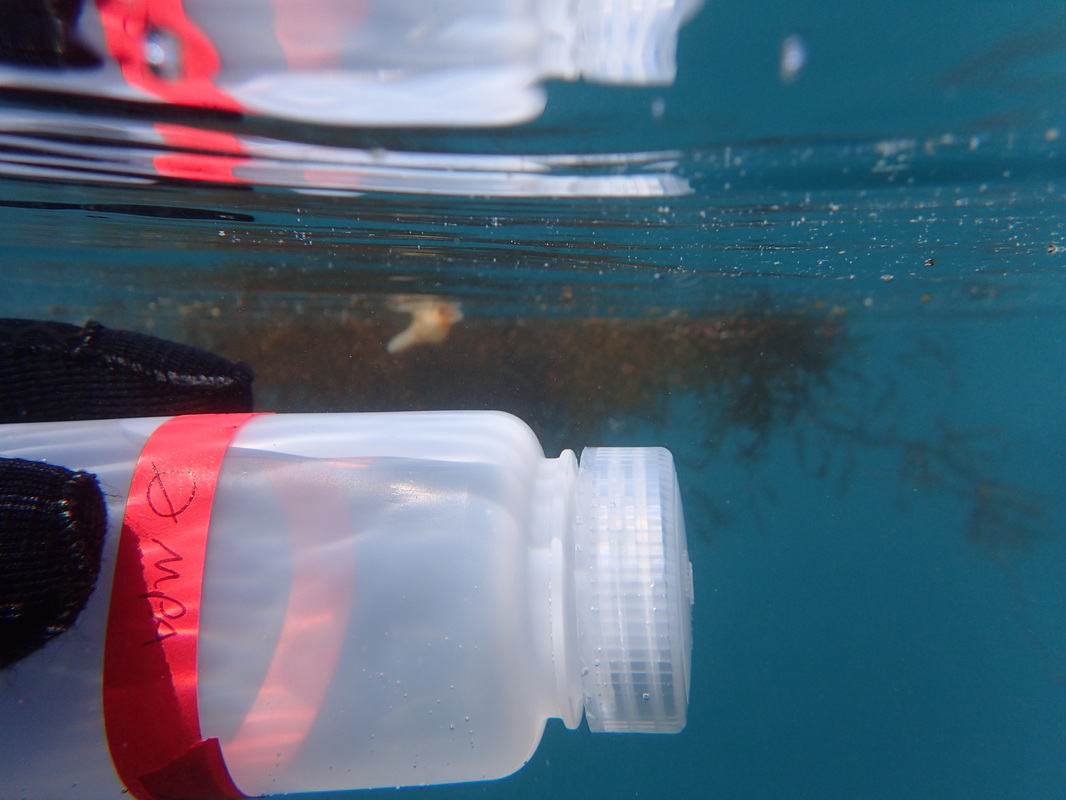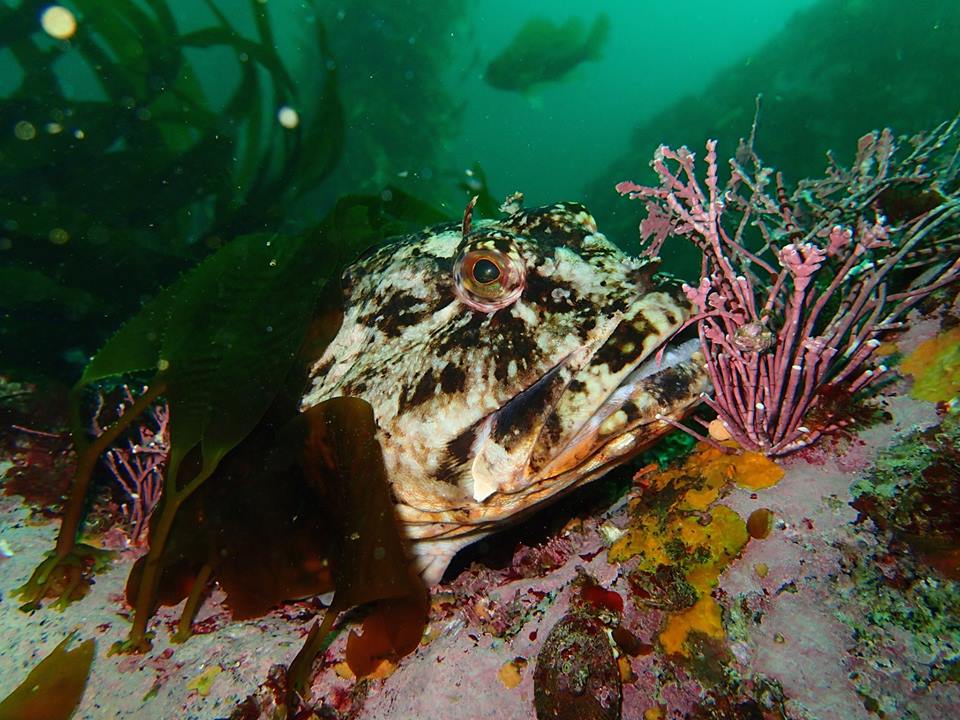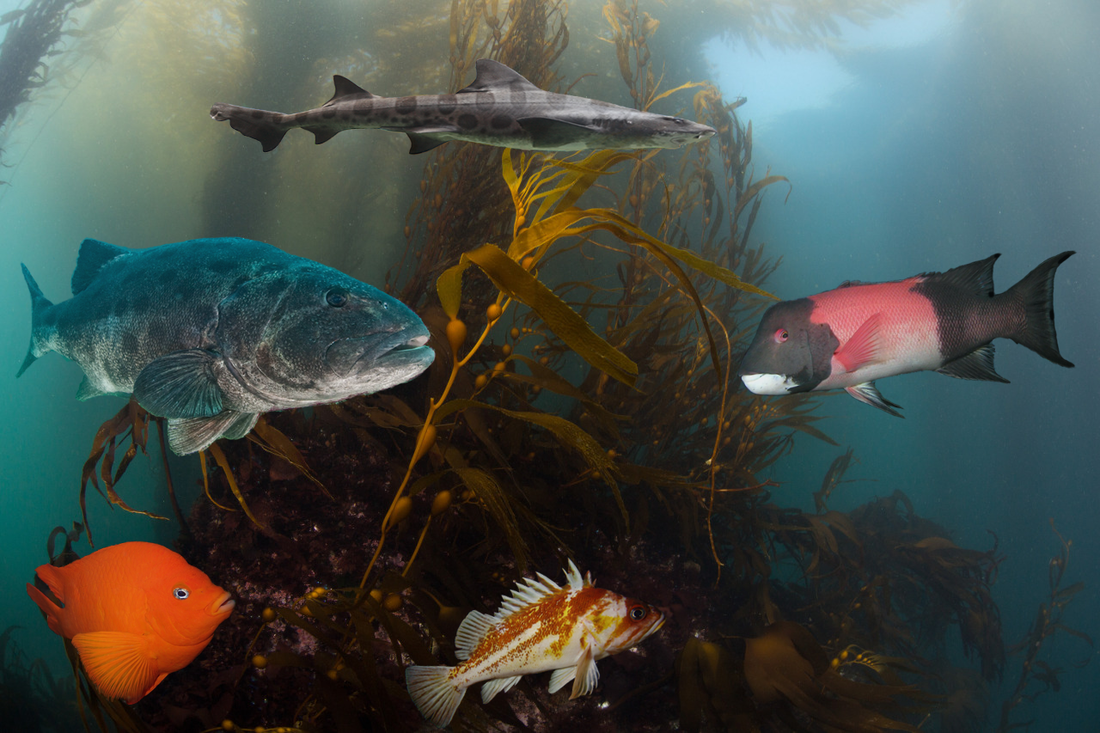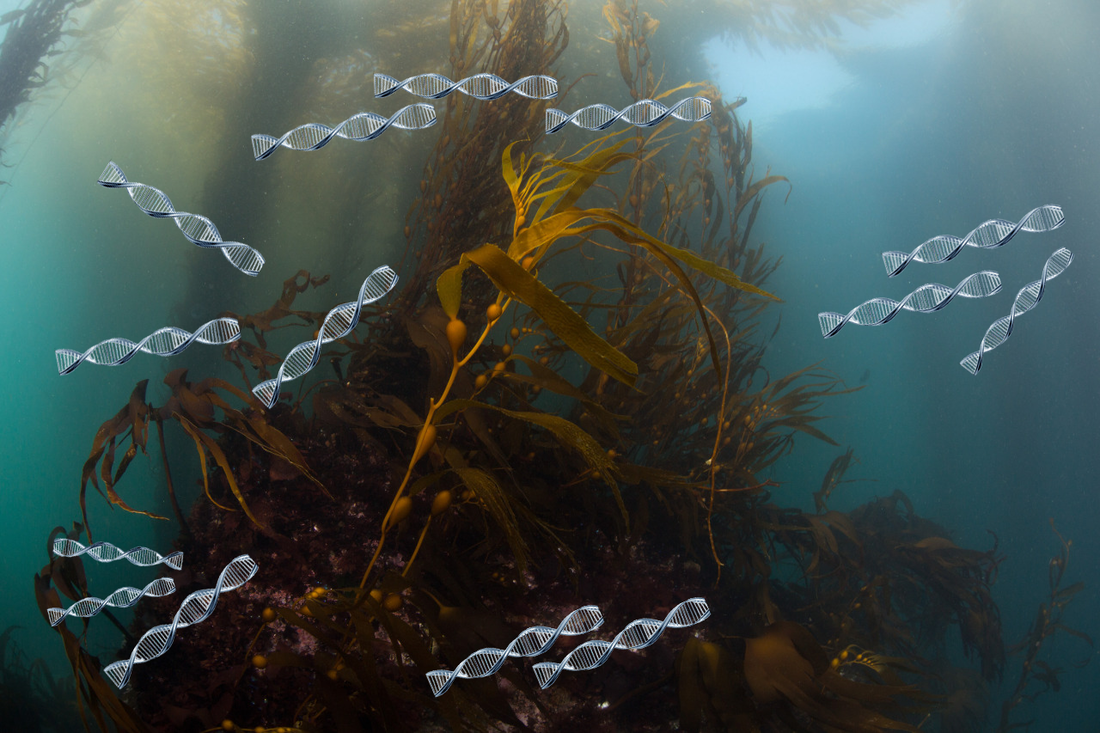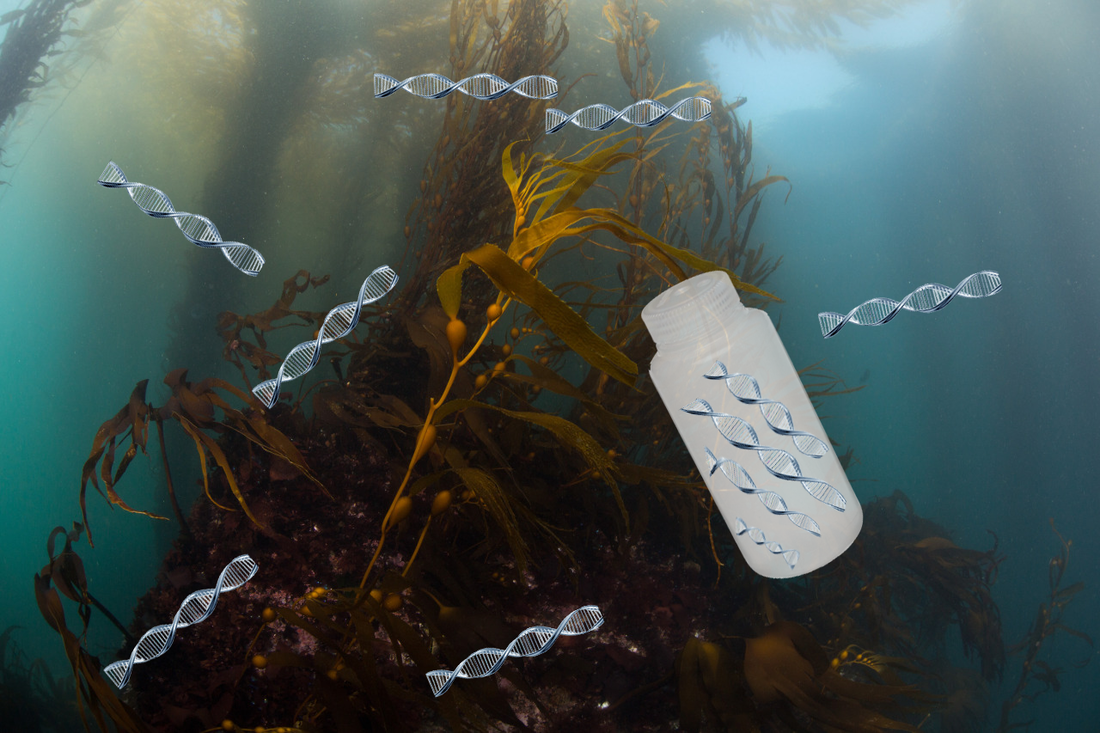Marine protected areas (MPAs) can be powerful tools for reducing the effects of overfishing, climate change, and ocean acidification. However, MPAs often differ in size and design, and it is unclear how this variation impacts their efficacy. To understand how variation in design of MPAs impacts fisheries and ecosystem health, I am comparing fish biodiversity and abundance across a MPA network in the Channel Islands using a novel approach—environmental DNA. My goals are to help implement and develop rapid, reliable, and repeatable eDNA methods to assess marine fish biodiversity and understand the role and design of MPAs in improving marine ecosystem resilience to human stressors. This research will provide both scientists and policymakers more information and tools to assess the role and design of MPAs in restoring economically and ecologically important fish stocks. Ultimately, this research has the potential to transform the way that MPAs and marine ecosystems are monitored, giving resource managers the ability to monitor biodiversity, in a simple, cost effective manner.
Marine Protected AreasMarine protected areas (MPAs) are like National Parks of the ocean, providing refuge for marine ecosystems. MPAs are powerful marine management tools that are proven to restore fish abundance and biodiversity. MPAs have also been demonstrated to increase ecosystem resilience to both climate events and overfishing. MPAs also have well documented spillover effects that lead to increases in nearby fish populations and can bolster nearby fisheries. The ecological benefits of MPAs has sparked a global increase in marine reserve designation to protect marine fisheries and ecosystems, with over 5% of the global oceans now protected in reserves.
Do we know what makes a good MPA? MPAs often differ in size and design, and not much is known how this variation impacts the effectiveness of marine reserves. There is evidence that single massive MPAs (e.g. Phoenix Island Protected Area) seem to confer the largest ecosystem resilience and health increases. In contrast, at smaller scales there are conflicting results on the importance of the size of MPAs. In addition to size, there is also evidence that MPAs show higher recovery of biodiversity and fish stocks the more time that passes since reserve designation. However, there is also evidence that even long-lived, low fecundity species like sharks can recover quickly with the establishment of MPAs, suggesting that time since designation may affect only specific species. There is also evidence MPA networks provide increased connectivity and refugia from climate related stress events is important for maintaining ecosystem health. However, the abundance of some long dispersing species have been found to increase in response to just single MPAs. Thus, it remains unclear how variation in MPA design may impact their effectiveness. Therefore, it is crucial to understand the factors of MPAs that maximize ecosystem function and resilience to human stressors like climate change. This requires reliable ways to survey and evaluate MPA effectiveness.
Surveying Marine Ecosystems and MPAsCoastal resource managers are in urgent need of data on the impacts of urbanization and the efficacy of different MPA management practices, yet this data remains elusive. Traditional visual surveys are expensive, logistically challenging and limited by taxonomic expertise and the amount of time divers can spend in the water. These limitations preclude sampling on temporal and spatial scales required to provide information on ecosystem health and impact of management policies. As such, current monitoring practices are limited to evaluating MPAs on a yearly basis, providing only the coarsest understanding of responses to management practices. Therefore, new approaches are needed.
|
eDNATo understand how variation in design of MPAs impacts fisheries and ecosystem health, I will compare fish biodiversity and abundance across a MPA network in the Channel Islands using a novel approach—environmental DNA.
Environmental DNA is a mixture of free-floating DNA that collects from organisms living in an environment. This dissociated DNA can be captured from seawater, allowing the resident species present in an environment to be identified through DNA sequencing. Sequencing of environmental DNA is a rapid, reliable, and repeatable method to assess marine fish biodiversity and yields results that are superior to traditional visual SCUBA surveys. Revolutionizing Ocean MonitoringCombined, the above advantages demonstrate the utility of eDNA techniques, allowing for unprecedented rapid, reliable, and repeatable assessments of marine fish biodiversity across a wide range of taxa. Thus eDNA has the capacity to revolutionize biodiversity monitoring and fisheries science by facilitating large scale comparisons of marine biodiversity across environmental gradients, anthropogenic stressors, and marine management practices.
A critical aspect of our study design is the simultaneous collection of eDNA and traditional SCUBA survey fish assemblage data from the Kelp Forest Monitoring Program, Reef Check, and the Bay Foundation to ensure comparability of eDNA and legacy visual transect data. The comparison of visual and eDNA approaches will provide insights into the sampling biases of these two methods, information that is crucial for determining the advantages and short comings of each in quantifying marine biodiversity and trophic structure. Ultimately, we will provide the results of this study to a wide array of marine managers and policy makers to demonstrate the effectiveness of eDNA in quantifying marine ecosystem health and the capacity of eDNA to provide cost added benefits to current ecosystem assessment. |
Research Aims
Ultimately, during my PhD research I hope to
1) provide evidence for the effectiveness of new metagenomic marine biodiversity assessment tools,
2) determine the impact of MPA design on the biodiversity and ecosystem functioning of coastal fish communities,
3) and determine the impacts of urbanization on marine biodiversity in Southern California and Indonesia
This research will provide both scientists and policymakers more information and better tools to assess the role and design of MPAs in restoring fish stocks and maintaining ecosystem resilience. As overfishing, climate change, and invasive species continue to threaten marine ecosystems both in Southern California and globally, understanding the effects of anthropogenic stressors on both marine biodiversity and ecosystem resilience is crucial to establishing effective resource management policies to protect our vital marine resources.
1) provide evidence for the effectiveness of new metagenomic marine biodiversity assessment tools,
2) determine the impact of MPA design on the biodiversity and ecosystem functioning of coastal fish communities,
3) and determine the impacts of urbanization on marine biodiversity in Southern California and Indonesia
This research will provide both scientists and policymakers more information and better tools to assess the role and design of MPAs in restoring fish stocks and maintaining ecosystem resilience. As overfishing, climate change, and invasive species continue to threaten marine ecosystems both in Southern California and globally, understanding the effects of anthropogenic stressors on both marine biodiversity and ecosystem resilience is crucial to establishing effective resource management policies to protect our vital marine resources.
Revolutionizing Ocean MonitoringCombined, the above advantages demonstrate the utility of eDNA techniques, allowing for unprecedented rapid, reliable, and repeatable assessments of marine fish biodiversity across a wide range of taxa. Thus eDNA has the capacity to revolutionize biodiversity monitoring and fisheries science by facilitating large scale comparisons of marine biodiversity across environmental gradients, anthropogenic stressors, and marine management practices.
A critical aspect of our study design is the simultaneous collection of eDNA and traditional SCUBA survey fish assemblage data from the Kelp Forest Monitoring Program, Reef Check, and the Bay Foundation to ensure comparability of eDNA and legacy visual transect data. The comparison of visual and eDNA approaches will provide insights into the sampling biases of these two methods, information that is crucial for determining the advantages and short comings of each in quantifying marine biodiversity and trophic structure. Ultimately, we will provide the results of this study to a wide array of marine managers and policy makers to demonstrate the effectiveness of eDNA in quantifying marine ecosystem health and the capacity of eDNA to provide cost added benefits to current ecosystem assessment. |


